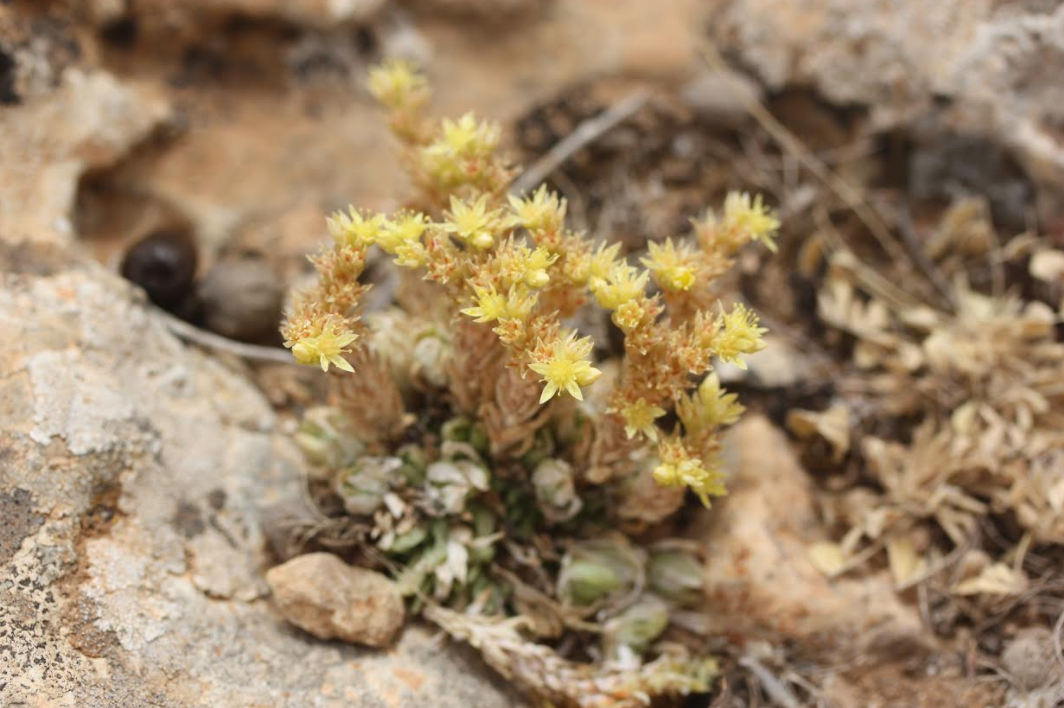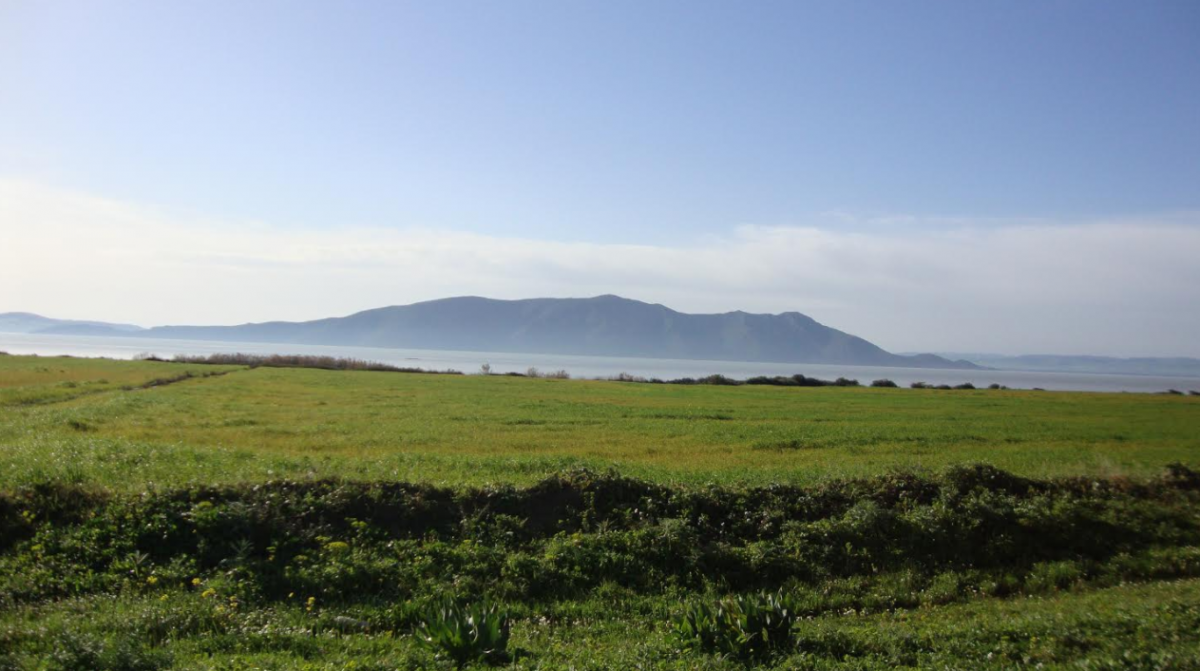Update of the Ecosystem Profile for the Mediterranean: new opportunities for conservation funds
The Critical Ecosystem Partnership Fund (CEPF) released the new Ecosystem Profile for the Mediterranean Basin Hotspot, valid for the next five years.
Ecosystem profiles are a rapid assessment of a biodiversity hotspot or priority area within a hotspot. Each one provides an overview of biodiversity importance, overall conservation targets or “outcomes,” major threats and policy, civil society and socioeconomic context, as well as funding gaps and opportunities. The profile is used to guide grant-making in the hotspot. The CEPF uses the information to create their investment strategy included in each profile. Other donors and governmental and nongovernmental partners alike also use the findings and CEPF’s strategy to determine priorities for funding and action.
The Mediterranean ecosystem profile update was led by a consortium made up of BirdLife International, IUCN, Tour du Valat, Conservatoire du Littoral, and three BirdLife Partners from Mediterranean-based organizations: Sociedad Española de Ornitología (SEO/BirdLife Spain), Društvo za opazovanje in proučevanje ptic slovenije (DOPPS/BirdLife, Slovenia) and Association Les Amis des Oiseaux (AAO/BirdLife, Tunisia). Over 500 people representing local governments, communities, businesses and civil society organizations in the Mediterranean hotspot contributed through a series of meetings, workshops and on-line consultation.
In 2012, CEPF launched a five-year program of investment in the hotspot, which resulted in the award of 108 grants to 84 different organizations in 12 countries, with a total value of US$11 million. The CEPF donor council approved now the updating of the ecosystem profile as a basis for a further five-year program of support, from 2017 to 2022, with the priorities for funding in 14 eligible countries of the Mediterranean hotspot.
The IUCN Centre for Mediterranean Cooperation contributed to the update with the identification of threatened species based on the Red List, and the Key Biodiversity Areas, including Important Plant Areas and freshwater KBA that help prioritise the conservation outcomes defined for this region in the coming 5 years. In particular, in the new Mediterranean Ecosystem Profile, one of the strategic directions specifically addresses the conservation of plants and deals with strengthening the engagement of civil society to support the conservation of plants that are critically endangered or have highly restricted ranges.
The update of the ecosystem profile was financed by CEPF, the Prince Albert II of Monaco Foundation and MAVA Fondation pour la Nature. The Critical Ecosystem Partnership Fund (CEPF) is a collaborative funding initiative of the l’Agence Française de Développement (AFD), Conservation International (CI), the European Union (EU), the Global Environment Facility (GEF), the Government of Japan, the John D. and Catherine T. MacArthur Foundation, and the World Bank.
In the coming months the Critical Ecosystem Partnership Fund will launch a call for conservation actions for civil society organisations based on this update.
You will find the new Mediterranean Ecosystem Profile here.





